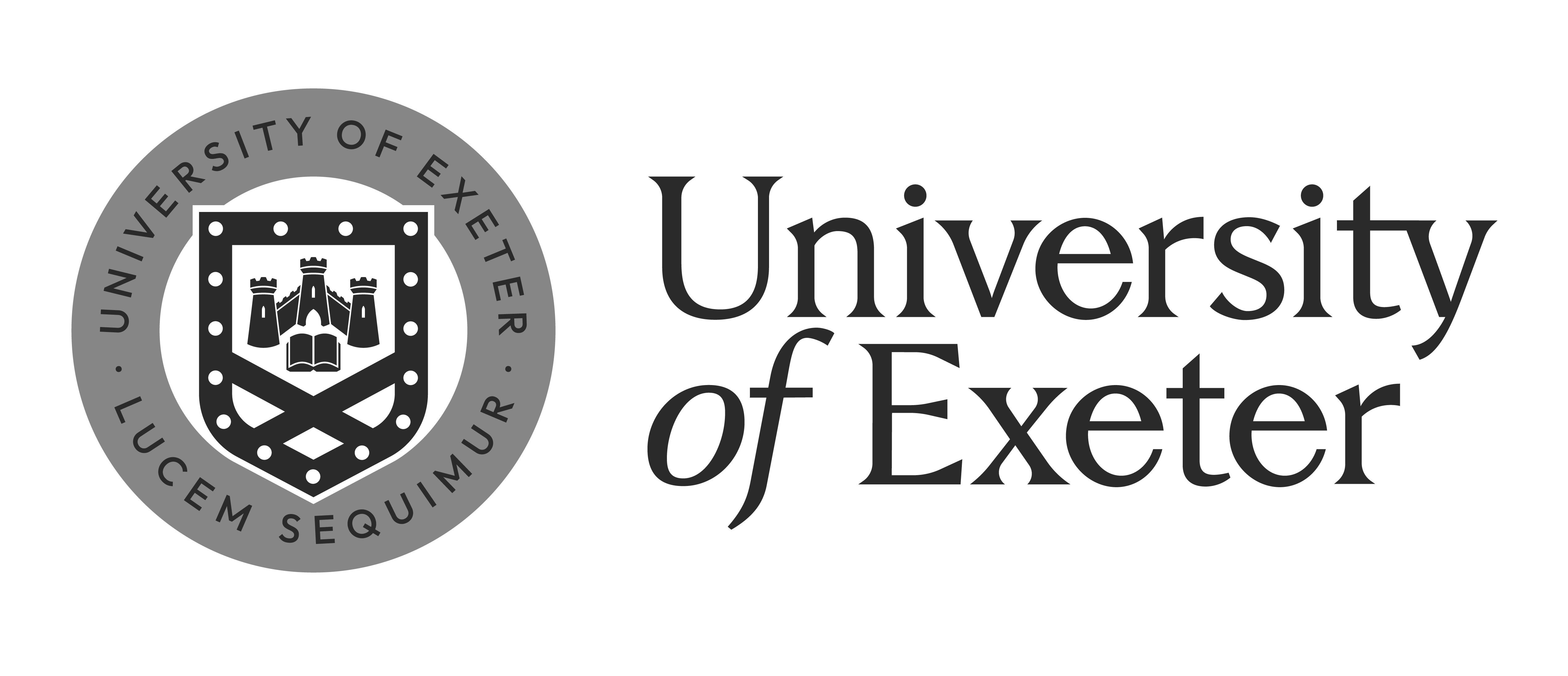F2507 Comparing East and West. Bard’s (Il)legitimate Children?: Adaptation and Cultural Appropriation of Shakespeare in the East and the West
Professors
Schedule
Course description
Michael Dobson, director of the prestigious Shakespeare Institute in Stratford-upon-Avon (part of the University of Birmingham) and an eminent Shakespearean scholar, wrote about the elevation of Shakespeare to the status of the national poet in The Making of the National Poet: Shakespeare, Adaptation, and Authorship, 1600-1769. However, it was not Prof. Dobson but theatre practitioners, critics, and journalists during the Restoration and 18th century who made Shakespeare England’s timeless Bard. For Dobson, Shakespeare has always been “the lingua franca of world drama,” a global phenomenon that, though originating in Elizabethan England, has long transcended its national boundaries. The first foreign-language translation of a Shakespeare play, Romeo and Juliet, appeared in Germany in 1604. Since then, Shakespeare’s works have been translated into over 100 languages and performed more often than those of any other playwright. Shakespeare’s plays were already touring the Baltic region during his lifetime, making him not merely England’s Bard, but a global one.
Shakespeare’s plays have been adapted into numerous artistic forms beyond the stage, including film, television, opera, ballet, novels, animation, manga, and even video games. The adaptation of Shakespeare to film began as early as the late 19th century, coinciding with the birth of the film industry. From the start, this was an international affair, with numerous adaptations being produced not only in the United States, but also in France and Italy—two of the oldest cinematic nations. During the silent film era, Shakespeare adaptations were widely traded across Europe and North America. In Eastern cinema, Shakespearean adaptations became more prominent after World War II, with frequent adaptations emerging in countries like India, China, and Japan.
This course will explore how Shakespeare’s plays, Macbeth and Romeo and Juliet, have been adapted into films in both Western countries, such as the United States and Italy, and Eastern countries, including India, Japan, China, and Hong Kong. We will also examine how these adaptations reflect cultural appropriation in both English-speaking and non-English-speaking contexts. In particular, we will analyse how Macbeth, a story of ambition, regicide, succession, fate, guilt, paranoia, tyranny, civil war, and madness, is reinterpreted in various historical, cultural, and linguistic settings. This analysis will include close readings of Orson Welles’ Macbeth (USA, 1948), Akira Kurosawa’s Throne of Blood (Japan, 1957), Vishal Bhardwaj’s Maqbool (India, 2004), and Tang Shu-wing’s Macbeth (Hong Kong, 2015). Similarly, we will explore how Romeo and Juliet, a tale of tragic romance, feud between families, the dichotomy of good and evil, fate, chance, and patriarchal power, is adapted into different cultural contexts, including Italian, Indian, American, and Chinese (Hong Kong) interpretations. Our analysis will focus on Franco Zeffirelli’s Romeo and Juliet (UK/Italy, 1968), Raj Kapoor’s Bobby (India, 1973), Baz Luhrmann’s Romeo + Juliet (USA, 1996), and Jingle Ma’s The Butterfly Lovers (Hong Kong, 2008).
Expected learning outcomes
Students are required to read Shakespeare’s Macbeth and Romeo and Juliet either in the original English or in translation, with particular focus on the historical, social, ideological, and cultural values these texts represent. Whether they are already familiar with Shakespeare’s works or not, students are expected to develop a solid understanding of these plays. By watching and analysing their film adaptations from both Eastern and Western countries, students will gain valuable insights into the similarities and differences between Eastern and Western filmmakers and audiences, particularly with regard to ideological, aesthetic, artistic, and moral values. Additionally, through exploring these global texts and their local adaptations, students will come to appreciate the dual tendencies of globalisation: its universalising and localising forces.
Teaching and evaluation methods
This course combines lectures and seminars, which include my lectures, student presentations, and class discussions. There will be weekly film screenings, open to VIU students and staff, or alternatively, students may view the films individually or in groups online. The required reading for all students includes Shakespeare’s Macbeth and Romeo and Juliet. In addition, a range of supplementary readings will be suggested for student presentations and self-study. Students will be assessed based on their attendance, completion of reading assignments, presentations, participation in seminar discussions, and written assignments.
Filmography
Vishal Bhardwaj, Maqbool, 2004
Raj Kapoor, Bobby 1973
Jingle Ma, The Butterfly Lovers 2008
Akira Kurosawa, The Throne of Blood 1957
Buz Luhrmann, Romeo+Juliet, 1996
Tang Shu-wing, Macbeth, 2015
Orson Welles, Macbeth, 1948
Franco Zeffirelli, Romeo and Juliet 1968
Essential Reading
William Shakespeare. Macbeth.
William Shakespeare. Romeo and Juliet.
Reference
Boose, Lynda E. and Burt, Richard (eds). 1997. Shakespeare the Movie: Popularlising the Plays on Film, TV and Video, Abingdon: Routledge.
Constantini-Cornéde, Anne-Marie. 2020 . ‘Kurosawa’s Shakespeare: Mute Heavens, Merging Worlds or the Metaphors of Cruelty’. In Russel Jackson (ed), The Cambridge Companion to Shakespeare on Screen, Cambridge: Cambridge University Press.
Dionne, C. and Kapadia, P. (eds). 2014. Bollywood Shakespeare, London and New York: Palgrave Macmillan.
Huang, Alexander C.Y. 2009. Chinese Shakespeares: Two Centuries of Cultural Exchange, New York: Columbia University Press.
Javed, Fatimah. 2020. ‘Shakespeare’s Macbeth and Vishal Bhardwaj’s Maqbool: A Comparative Analysis’, Comparative Literature: East & West, Vol. 4, Issue 2.
Smith, Emma. 2020. ‘The Shakespeare Films of Orson Welles’. In Russel Jackson (ed), The Cambridge Companion to Shakespeare on Screen, Cambridge: Cambridge University Press.
Last updated: January 28, 2025


















